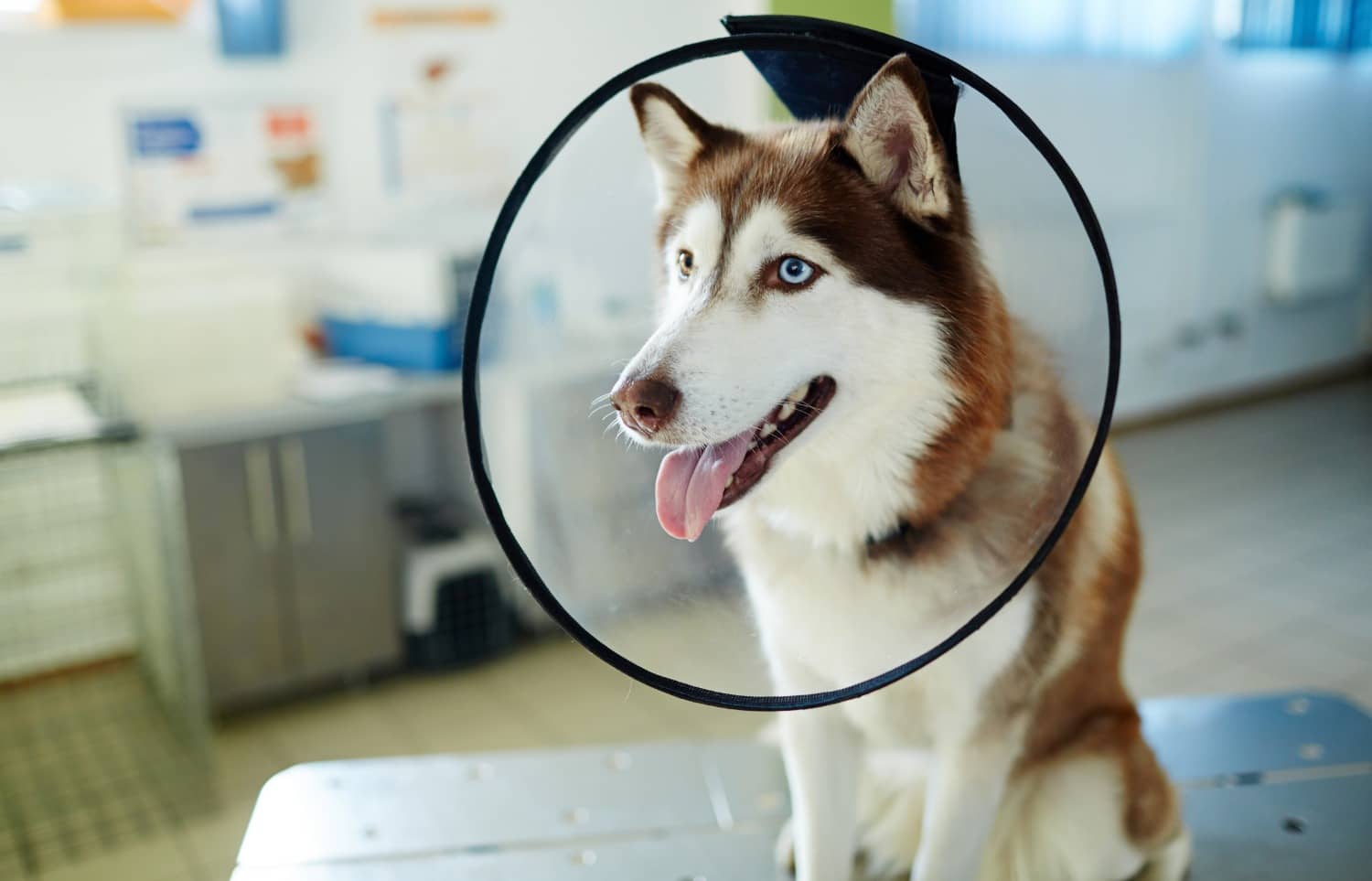
Welcoming a new furry family member is always a joyous occasion, but it comes with responsibilities, including ensuring their health and well-being after medical procedures like spaying. You’re in the right place if you’re a pet owner wondering what to expect when my dog jumped after being spayed. This comprehensive guide will explore the nuances of managing your dog’s post-spay activity and address common concerns and questions.
Table of Contents
Understanding Spaying and Its Effects
Before you dive into the specifics of managing your dog’s activity after spaying, I’d like to briefly understand the procedure. Spaying, also known as ovariohysterectomy, is a surgical process in which a female dog’s ovaries and uterus are removed. This procedure not only prevents unwanted pregnancies but also has a significant impact on your dog’s hormonal balance and behavior.
How Do I Keep My Dog From Jumping After Being Spayed?
Managing your dog’s activity level is crucial in the days following the spaying procedure. Jumping can strain the surgical site and hinder the healing process. To prevent excessive jumping:
- Create a Restful Space: Designate a quiet, comfortable area where your dog can rest without the temptation to jump onto furniture or surfaces.
- Use a Pet Ramp: If your dog loves to jump onto the bed or couch, consider using a pet ramp to help them access these spaces without the risk of injury.
- Leash Walking: During walks, keep your dog on a leash and discourage them from jumping or engaging in overly energetic activities.
What Happens If My Dog Is Too Active After Spay?
Being overly active after spaying can lead to complications and delays in healing. Some potential consequences include:
- Surgical Site Irritation: Excessive movement can cause irritation and inflammation at the surgical site, leading to discomfort and potential infection.
- Suture Complications: Intense physical activity may cause the sutures to loosen or break, compromising the incision’s integrity.
- Hormonal Imbalance: Activity can impact hormone levels, potentially affecting your dog’s behavior and overall well-being.
Can a Female Dog Go Up and Down Stairs After Being Spayed?
Negotiating stairs post-spay requires caution. While going up and down stairs is generally discouraged during the initial recovery period, if it’s necessary:
- Carry Your Dog: If your dog is small and light, consider carrying them up and down stairs to minimize strain.
- Supportive Measures: Use a pet harness or sling to provide support as your dog navigates stairs, reducing the risk of injury.
Why Is My Female Dog Having Accidents After Being Spayed?
Post-spay accidents can be concerning, but they are not uncommon. A few factors could contribute to this behavior:
- Anesthesia Effects: Anesthesia used during surgery can temporarily affect bladder control, leading to accidents.
- Behavioral Changes: Hormonal shifts post-spay might influence your dog’s toileting habits. Ensure consistent training and patience.
- Medical Issues: Accidents sometimes indicate a urinary tract infection or other medical condition. Consult your veterinarian.
FAQs
- How Long Should I Limit My Dog’s Activity After Spaying? After spaying, limiting your dog’s activity for at least 7-10 days is recommended to allow proper healing.
- When Can My Dog Resume Normal Activities? Following your veterinarian’s guidance, gradually reintroduce normal activities after the initial recovery period.
- Is It Normal for My Dog to Be Less Energetic After Spaying? Hormonal changes can temporarily affect your dog’s energy levels and behavior.
- Can I Use Toys to Keep My Dog Entertained During Rest? Absolutely! Providing mentally stimulating toys can help keep your dog entertained without encouraging excessive physical activity.
- What Signs of Complications Should I Look Out For? Watch for signs like excessive swelling, discharge, lethargy, or changes in appetite. Contact your vet if you notice any concerning symptoms.
- Should I Modify My Dog’s Diet During Recovery? While dietary adjustments might not be necessary, ensure your dog has access to fresh water and a balanced diet to support healing.
Conclusion
Navigating the post-spay recovery period can be both rewarding and challenging. Understanding the procedure’s effects and implementing practical strategies to manage your dog’s activity can ensure a smoother healing process. Remember, patience and consistent care are essential as you guide your furry friend back to their vibrant, healthy self.
Note: The information provided in this article is for general guidance purposes and should not replace professional veterinary advice. You can consult your veterinarian for personalized recommendations based on your dog’s health and needs.








Leave a Reply
You must be logged in to post a comment.